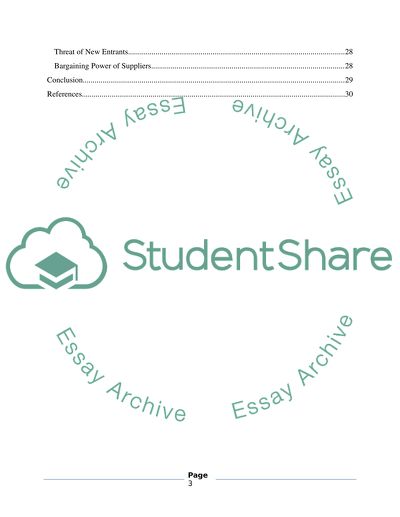Cite this document
(“Marketing Module Assignment Example | Topics and Well Written Essays - 3750 words”, n.d.)
Retrieved from https://studentshare.org/family-consumer-science/1424253-marketing-module-assignment
Retrieved from https://studentshare.org/family-consumer-science/1424253-marketing-module-assignment
(Marketing Module Assignment Example | Topics and Well Written Essays - 3750 Words)
https://studentshare.org/family-consumer-science/1424253-marketing-module-assignment.
https://studentshare.org/family-consumer-science/1424253-marketing-module-assignment.
“Marketing Module Assignment Example | Topics and Well Written Essays - 3750 Words”, n.d. https://studentshare.org/family-consumer-science/1424253-marketing-module-assignment.


